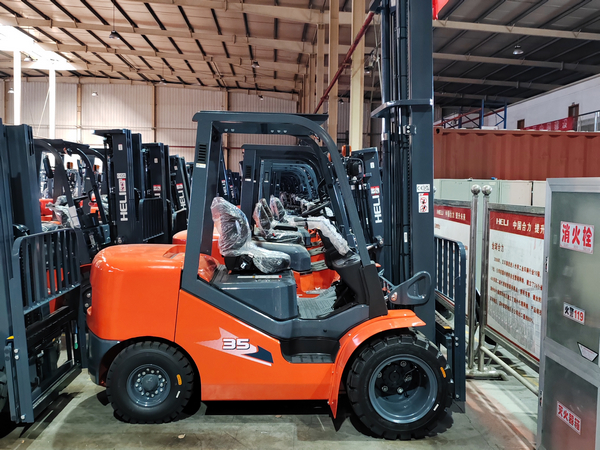Industry technical experts indicate that
the primary causes of frequent separation bearing damage are high temperatures
and insufficient lubrication. Heat from the engine transfers to the bearing,
combined with additional temperature rise from high-speed rotation, making it
difficult for lubricating oil to adhere long-term. This ultimately forces the
bearing to operate continuously under high-temperature, poorly lubricated
conditions, accelerating wear. Forklift operators with suboptimal operational
practices are more likely to cause collateral damage to related components, such
as the separation lever and clutch plates.
To address this issue, the technical team proposed two effective bearing lubrication methods:
First, a lubrication method requiring no
engine disassembly. After inspecting wear by opening the clutch cover,
technicians can use a grease gun to inject grease into the bearing housing. By
rotating the bearing and repeatedly injecting grease until it distributes
evenly, this simple method is suitable for routine maintenance.
Second, a lubrication method after engine
disassembly. During intermediate or major overhauls, grease can be directly
applied to the exposed bearing and housing assembly. Lubricant is injected
through the oil hole until it evenly overflows around the circumference,
ensuring optimal lubrication.
Industry experts note that these maintenance practices not only significantly reduce bearing failure rates but also minimize wear on associated components, helping businesses lower operational costs. As forklift usage intensity and maintenance demands continue to rise, scientifically sound maintenance methods will become crucial for enhancing equipment reliability and operational efficiency.

2021-06-27
2021-09-30
2021-01-13
2021-01-14
2021-12-31
2021-08-10
2021-12-14
2021-01-15